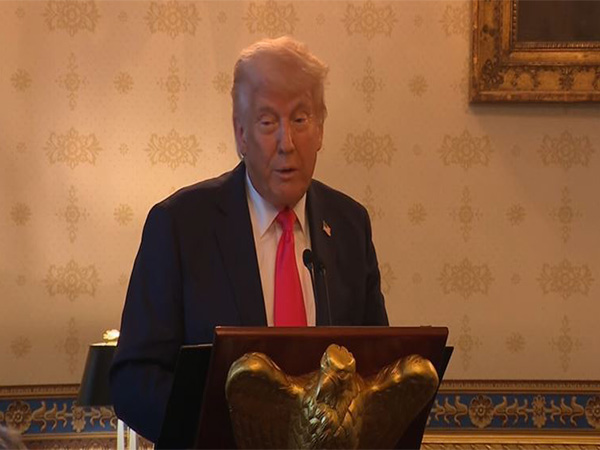Despite disengagement talks with India, China's intentions at LAC are questionable, says report
Mar 20, 2021

Washington DC [US], March 20 : China in May 2021 fundamentally altered the Line of Actual Control (LAC) on the ground by shifting the LAC and preventing Indian patrolling on territory previously controlled by India.
The latest disengagement talk between China and India is merely a reiteration of earlier peace talks, as per an opinion piece in The Washington Times. The agreement provides that China will move back its troops on the north bank to the east of Finger 8, while the Indian army will move to its permanent base at Dhan Singh Thapa Post near Finger 3.
The agreement goes on to state that any structures that had been built by both sides since April 2020 in both the north and the south bank area will be removed and the status quo will be restored.
However, such disengagement talks have a major trust deficit, as China is prone to breaking them with impunity, as per The Washington Times article written by Jianli Yang.
Between 2014 and 2019, Prime Minister Narendra Modi and China's leader Xi Jinping met on 18 occasions including two summits. Seven months later, the PLA conducted deliberate and premeditated intrusions backed by a history of instigations starting from 1986 to 2013 to 2014 and 2017.
Jianli, in the article, questions the real intention of China, "Is China willing to toe the line at LAC or is a future instigation in the works?"
China has constructed an entire village along the LAC in Arunachal Pradesh, which hotly came into the debate in January. Despite multiple rounds of disengagement talks, the message is loud and clear, China is unwilling to take a back step. The dispute is far from over, says Jianli.
China's intentions, despite disengagement talks, are far from pure, he says. As a cautionary measure, back in August, China had deployed surface-to-air missiles (SAMs) at a lake located at Mount Kailash and Mansarover, reported Jianli.
Additionally, the missile base also hosts ballistic missiles with a 2,200 km range along the trans-boundary of major tributaries of the Ganges such as Brahmaputra, Sutlej, Indus and Karnali, which directly poses a threat to India.
According to the article, China clearly has a future strategic aim this year to hold on to its gains and get the Indian Army out of the Kailash Range. The disengagement talks could very well be hogwash and aimed to pull back Indian troops from the Kailash range in exchange for PLA pulling back slightly from some unimportant areas.
India cannot rule out a possible military action by China post winters to evict Indian troops from Kailash Range, the article states.
Moreover, Jianli cautioned that the call for disengagement by China should be taken with a pinch of salt. Because the question arises that how is China planning to remove such obvious military constructions as part of disengagement, or is it willing to remove the constructions at all?
Ulterior motives clearly dictate that such military equipment and constructions have been undertaken to leave open the option for future aggressions on the LAC, he further states.


















